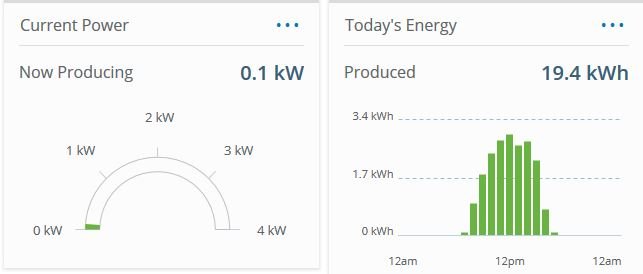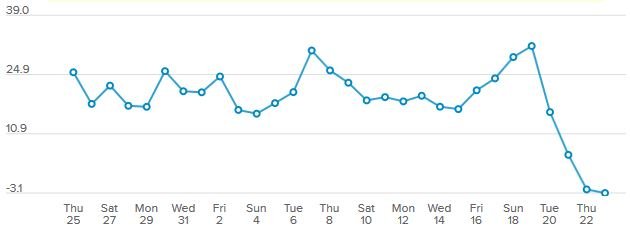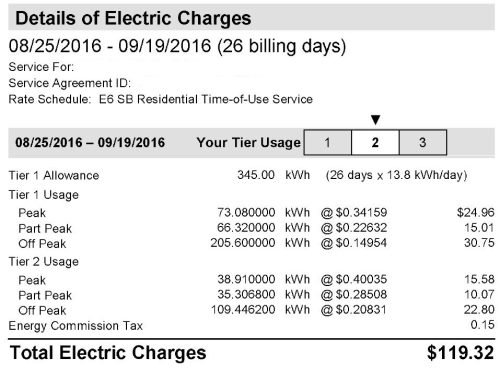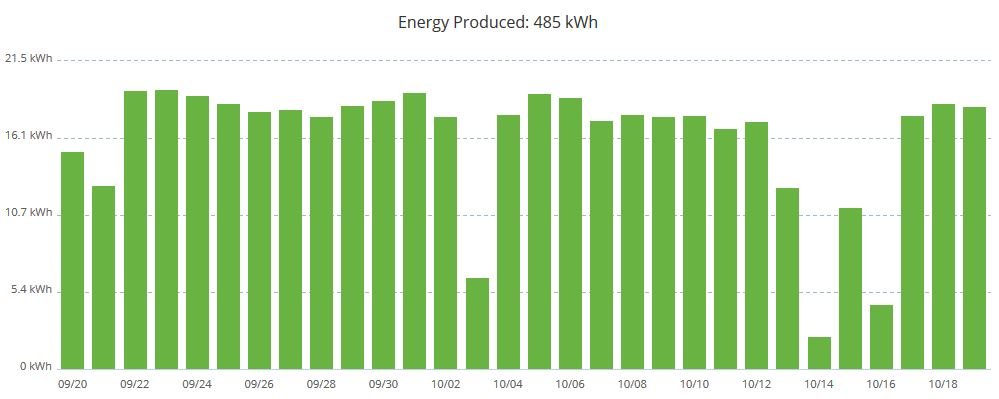Regarding an uptick in minimum utility charges from the electric company for being hooked to their grid while being a solar homeowner;
Right now, I pay about $10 for the grid charge I call it. However, IF I use $10 more in power than I generate, I still only pay the $10 for the grid charge. Meaning; the utility charges me for a minimum amount of power used. It behooves me to use how ever many kilowatts the minimum charge represents.
Skip ahead to the future when the charge goes up to $30 a month. A future solar home owner needs fewer solar watts since he's required to use at least $30 a month from his utility. If the solar equipment is priced per watt, average $5 a watt or so, I don't see how this raise in a base rate would affect the total # of customers opting for solar. They would just have a smaller sized system designed and installed.
Even better, the installing solar company could offer a 'free' water heater or other home appliance incentive to justify a larger array. Or perhaps a hot tub. Speaking of which; since the federal credit on solar includes incidentals such as the cost of roof upgrades, could it be rationalized to upgrade appliances to electric from gas and get the solar credit against those costs?
For existing solar customers, IF they weren't grandfathered in to a minimum rate increase, there is an option as well. For me, a current solar owner, not all my energy is solar, although all my electric use is covered by solar. I also use propane. For heating, cooking, hot water. I imagine I could change out my water heater tank from gas to electric and more than offset the $30 a month potential rise in the utility minimum charge.
Even if I were all electric, I'd not walk away from $30 a month sitting there in kilowatts unused. A hot tub uses about a buck a day in electricity. I could always do with setting my thermometer a little cooler in the summer and warmer in the winter.
I guess you could say, basically, a rate increase for a minimum monthly charge to be connected to the grid undermines energy conservation for solar customers.





